Exploring the Art of Landscape and Travel Photography with Lorenzo Vignati
- Prathibha Muralidhara
- Jul 14
- 8 min read
I am constantly in awe with those photographers who bring us visual stories around the world and inspire us to travel the world more. And one such talented photographer content creator this month on the Blog is Lorenzo Vignati from Italy.
"if you're not excited about what you’re capturing, you’ll quickly burn out"

Can you share when your passion for photography first began? Do you remember your first camera and the earliest memory that sparked your love for this craft?
My very first camera was a Nikon Coolpix L10, a small point-and-shoot that I got as a gift when I was around 11 years old. The funny thing is, I recently found it in a drawer and it still works!
Along with it, I found an old HDD full of photos from those years. I had totally forgotten how much I used to shoot with it. Back then, phone cameras weren’t really a thing, so every memory had to be captured with that camera; family dinners, random evenings with my parents, and a ton of photos of my dog!
I’m the youngest of four kids, with one sister and two brothers. Both of my brothers were into photography. One liked portraits and weddings, while the other was passionate about wildlife and birds. It was just a hobby for them, not a job, but it definitely rubbed off on me. I remember watching one of them edit photos late at night when I was in high school. I had no idea what he was doing, but it looked like magic, and I couldn’t stop watching.
Later on, I got one of their old cameras, a Canon EOS 1000D with two lenses. That was my first proper camera with interchangeable lenses. I brought it on a few trips, but photography was still just a fun hobby. I never imagined doing it seriously.
Then life got in the way. I worked different jobs, constantly trying to find something that felt right, but nothing really clicked. I even studied to become a Calisthenics Coach and thought about opening a gym at one point! Then COVID hit. I spent a lot of nights gaming and watching YouTube, and that’s when I stumbled upon Pierre T. Lambert’s channel. I’ve always loved nature, exploring, and learning about our world, and for the first time, I saw all of that combined with photography. Something lit up inside me.
I couldn’t stop watching his videos. Slowly, a dream formed: I wanted to explore the world, see the places I had only seen in documentaries and share them through photography. So I picked up my old camera, sold it, and bought a Sony A6400. I also signed up for Pierre’s photography course and that’s where my journey really began.
What has been the most significant challenge you've faced as a photographer, and how did you manage to overcome it?
Honestly, shooting when I’m not traveling has always been tough for me. I just don’t find my surroundings at home very inspiring. For a long time, I felt guilty about it because everyone kept saying that to be a good photographer, you need to shoot every day and learn to find beauty in everyday places even in a boring city. But over time, I realized that advice doesn’t work for everyone. Yes, the more you shoot, the better you get. But if you're not excited about what you’re capturing, you’ll quickly burn out. Photography, for me, is about sharing the things that make me feel something, the places that spark curiosity and wonder. So now, instead of forcing myself to shoot every day, I focus on creating when I feel inspired. And I’ve made peace with that.

Have you ever struggled with creative imposter syndrome? If so, what helped you push through it and what advice would you give to others dealing with the same?
Absolutely, I still struggle with it today. It’s so easy to compare yourself to other photographers on Instagram, especially the big names in the industry.
I used to look at their work and think, “I’m not good enough. I’m not there yet.” I’ve even avoided reaching out to tourism boards for paid jobs because I felt like my portfolio wasn’t strong enough.
But the truth is “you can’t compare your Day 10 to someone else’s Day 1000”. There will always be people who are “better” or further along but that doesn’t mean your journey isn’t valid. Use others as inspiration, not a measuring stick and focus on being better than you were last month. And don’t be afraid to be bad at something when you're just starting out, that's how learning works.

You're from Italy — one of my absolute favorite places in the world! Do you have a favorite country to travel and photograph, and what makes it special for you?
I get that a lot! People always say Italy is one of the most beautiful places on Earth. And while I do agree it’s stunning, I don’t find it particularly exciting. Maybe because I grew up here. I’m more drawn to places that feel different and wild!
Southeast Asia has a special place in my heart. Indonesia, for example, blew me away with its landscapes. The waterfalls in Java were like something out of a dream, and trekking through the jungle in Sumatra to find orangutans was one of the most unforgettable experiences I’ve had.
I also loved photographing Vietnam. It was one of my favorite photography trips ever. There’s something magical about places where tourism hasn’t taken over yet, where things are still raw and real. I love being in places that aren't built to please tourists but are just authentically themselves, with all their beauty and imperfections
Which travel photographers or creatives have influenced you the most, and what is it about their work that resonates with you?
As I mentioned earlier, Pierre T. Lambert was the spark that started everything for me.
But I’ve also been deeply inspired by Christian from Lost LeBlanc and Sean Dalton. I discovered Christian through an ad for his course, the Lost Creator Academy, and even though it’s more focused on content creation than photography, I joined immediately. It was one of the best decisions I’ve made, not just for the lessons, but for the community I found inside the course.
I recently joined a trip to Java organized by Christian and met some amazing people who have become close friends, even though we’re all from different parts of the world.
Sean Dalton and Pat Kay have also been a huge inspiration. They both share so much valuable knowledge on their YouTube channels, and I’ve learned a lot just from their free content. When Sean launched his live course, I joined right away. Like I said before, I love learning and I’m always happy to invest in education when I can, especially when it also supports creators who’ve already given so much for free
There are so many amazing creators out there, it’s impossible to name them all. But every time I see a photo that moves me, I feel inspired to plan my next trip. That’s what keeps me going, even when my reach on social media is low. If my work can inspire even just one person, that’s enough to make me happy

Your social media presence is fantastic! What tips would you offer to fellow photographers looking to grow their audience online?
That’s really kind of you, thank you! My biggest tip is: enjoy what you’re doing. Social media, especially Instagram, requires consistency. And if you don’t truly enjoy creating content, it’s easy to burn out.
Over time, I’ve learned a few things that really helped me grow and stay motivated. Here are 10 tips I’d share with anyone trying to grow their audience online:
Be Consistent: Aim to post regularly but be realistic. Don’t start posting 7x a week if it’s not sustainable for you.
Focus on value: Think: “What can someone learn, feel, or get inspired by in this post?
For reels: share short tips, quick “how I did this” snippets (e.g., composition trick, gear hack), or a mini story about a shot.
For carousels: show a sequence (before/after edit, gear setup, step-by-step breakdown). Use captions to guide people through your thought process.
Use hooks and a clear structure
In reels, start with a hook in the first 1–2 seconds: e.g., “Want to capture epic waterfalls? Try this!”, or “Here’s how I found orangutans in the jungle…”
Don’t let perfectionism stop you
It’s tempting to wait until a reel or a photo is “perfect,” but done is better than perfect. You’ll learn faster by posting, seeing what works, and iterating.
Engage authentically
Don’t forget about the “social” in social media. I always try to reply to every comment and DM I get under my posts. Social media is meant to create connections and conversation. those follower counts are real people, just like you
Tell real stories
Share struggles and wins: maybe a shoot didn’t go as planned because of weather, or you faced gear failure. Explain how you adapted. People relate more to honesty than only polished highlights. It makes you relatable and trustworthy.
Use analytics to learn, not to obsess
Check which posts get more views or engagement but don’t let low numbers crush you. Trends can be fickle.
Look for patterns: what topics or formats got more saves, shares, or comments? Use that insight to plan future content
Leverage trends thoughtfully
Pay attention to trending audio, effects, or challenges but adapt them in a way that makes sense for your photography style.
Collaborate and network
Engage with other creators: comment thoughtfully on their posts, share their work (with credit), or propose simple collabs
Be patient and kind to yourself
Growth often happens in waves. Some weeks you gain followers or see high engagement; other times things feel quiet.
Celebrate small wins: a helpful comment, a saved post, or simply finishing editing a tricky shot
Besides travel photography, are there any other genres you enjoy exploring? What draws you to them, and what kind of gear do you typically use for those shoots?
I’d love to dive deeper into wildlife photography. I already do a bit when I travel, using my 100–400mm lens, but I’d love to explore it more seriously. Astro photography is also something I find super fascinating. Not just the Milky Way shots, but deep space stuff like galaxies and nebulas. But let’s be honest, those setups cost a fortune and need tons of time and gear I don’t have right now. Maybe one day!
Lately, I’ve also been getting into film photography. I bought a medium format Mamiya 645 and sometimes bring it with me on trips. Shooting film is a completely different experience. It forces you to slow down and think about your composition and your surroundings, especially since every shot is expensive. But that’s what makes it so special
Your editing style is truly striking — could you walk us through your typical post-processing workflow or share a bit about how you approach editing your photos?
My workflow starts in Lightroom Classic. I import all my photos and do a quick first pass to remove any blurry or unusable shots. Then I go through again and rate them from 1 (bad) to 5 (must-edit-now).
From there, I start by enabling lens corrections and removing chromatic aberrations. I don’t begin with the Basic panel like most people. I jump straight into the Tone Curve. I have a custom preset I’ve developed over time that I tweak for each photo. Once that’s done, I return to the Basic panel to adjust exposure and contrast.
I often reduce clarity slightly for a softer, dreamier look, and bring back details with some added texture.
Then I move to color grading. I usually don’t do anything dramatic, just enhance the dominant tones in the photo and remove colors that feel distracting. The goal is to create harmony in the image.
I’ll go back and forth between panels until I’m happy, then copy the settings to similar photos from the same set. If needed, I open the image in Photoshop to clean up distractions. I always export in full resolution without cropping and that’s how I post them on Instagram.
I highly recommend following this amazing photographer and his work.
Portfolio: https://www.imloreviews.com/travel
Website: https://www.imloreviews.com/
Hello, thanks for visiting my blog! If you have learnt something here and if this post helped you say thank you by buying me a coffee! It helps creatives like me run this platform and blog.



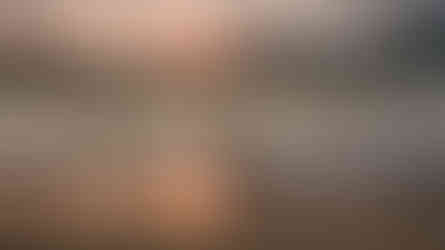

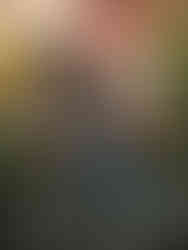


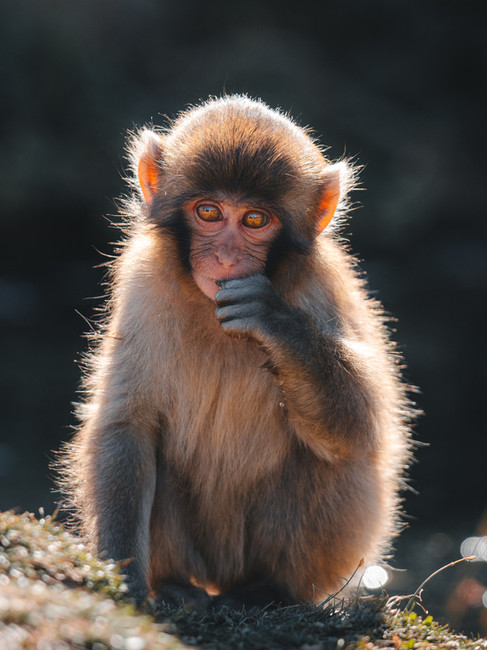

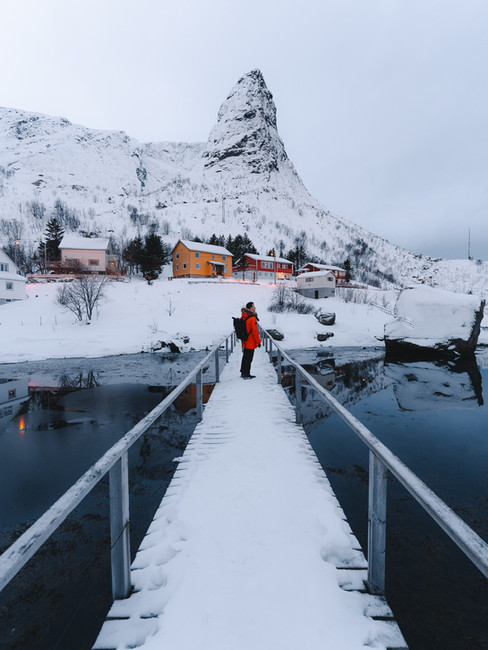

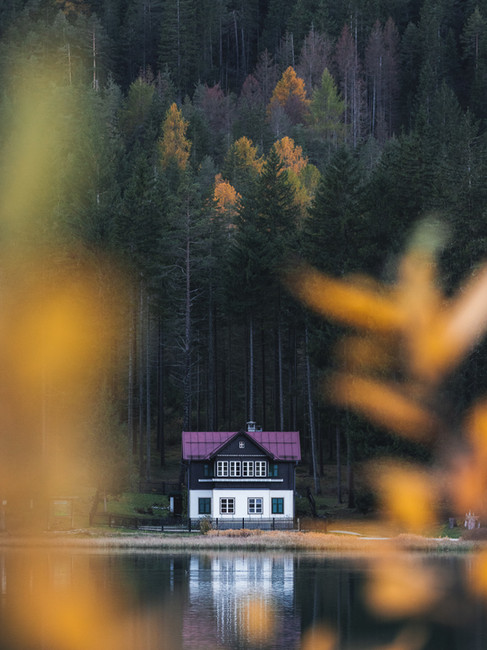



Comments